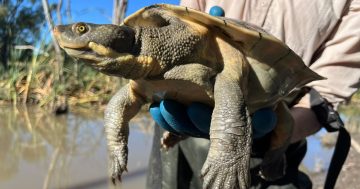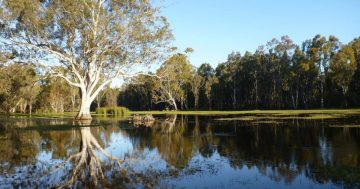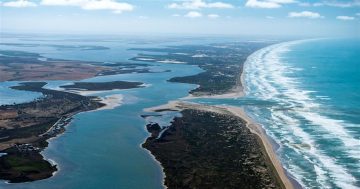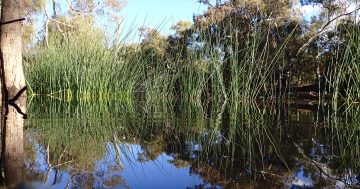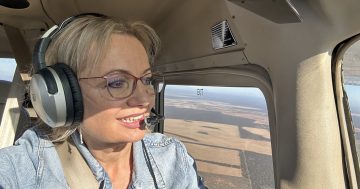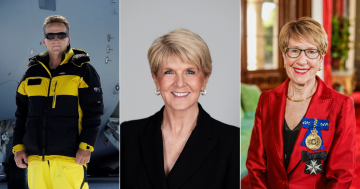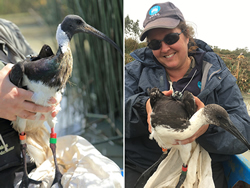 The Commonwealth Scientific and Industrial Research Organisation and the Commonwealth Environmental Water Office have announced findings from a four-year project satellite-tracking the movements of the Straw-necked ibis, Australian white ibis and Royal spoonbill waterbirds.
The Commonwealth Scientific and Industrial Research Organisation and the Commonwealth Environmental Water Office have announced findings from a four-year project satellite-tracking the movements of the Straw-necked ibis, Australian white ibis and Royal spoonbill waterbirds.
The team, led by Heather McGinness, has been keeping tabs on the birds through lightweight, solar-powered GPS devices attached to their backs.
“By keeping an eye on waterbird movements, we are learning more about how waterbirds behave and the habitats they need during their lifecycle; where they fly, stop, feed, breed and roost,” Dr McGinness (pictured fitting a tracker) said.
“In the past 30 years, there have been significant declines in populations of all waterbirds in South-Eastern Australia, including the ibis species,” she said.
Dr McGinness said historically, waterbirds in the Murray-Darling Basin bred in large numbers during sizeable inland flood events.
“Over the past few decades, because of river regulation and a drying climate, large breeding events have occurred a lot less often,” she said.
“When they have happened, floods are often shorter and there’s not enough time or food for the birds to raise their chicks.
“Most breeding these days happens sporadically in relatively small numbers and scientists are concerned this might not be sufficient to keep waterbird populations going in the long term.”
Dr McGinness said satellite tracking waterbirds was providing key information that would support better management of wetlands and water.
“Tracking the movements of waterbirds is revealing an amazing level of detail,” she said.
“We are finding out more about how far they are willing to fly from their roosts or nests to feed, or how long they hang around nesting sites.”
Local Engagement Officer for the Commonwealth Environmental Water Office, Michele Groat said this information was invaluable for supporting Basin waterbirds with water for the environment.
“Science underpins our understanding of how plants, fish and waterbirds respond to water,” Ms Groat said.
“This work ensures we are using our water in the best way possible to support river habitat, wetlands and animals in the Basin,” she said.


